 Home
Home

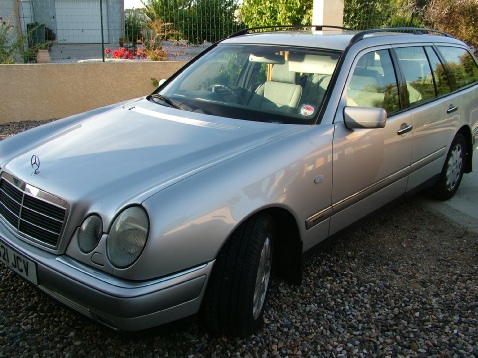
This W210 is a very comfy load lugger if a bit short of extras like electric seat adjustment, steering wheel adjustment etc. It has proved extremely useful but it has probably been the most unreliable car I have owned
When I bought it, it soon became clear that about 50 horses had escaped. The garage tried all sorts of things but the problem was not resolved. Eventually I twigged it was a leak in the diaphragm of the turbo waste-
I was not so lucky with the next major problem! In the south of France, the Merc failed to proceed owing to it not being possible to engage any gears. It was towed to the main MB dealer in Toulon. I asked them to find out what was wrong. They came back with a proposal to replace 2500 euros worth of auto gearbox parts. I asked whether they had checked the oil level (there is no dipstick on the gearbox -
Other journey terminating faults include a broken windscreen wiper (replacement £35 from Ebay -
Another fault involved the battery failing to fully charge. The charging voltage was too low -
Eventually I noticed that the engine was missing an earth strap. This meant the alternator was earthing perhaps through the gearbox or the exhaust and losing about 2 volts in the process. With a connection between the engine and chassis the battery started to charge properly. However, all was not totally right. Alternators often have a connection which passes an electric current through the rotor winding to make sure it is magnetised to get the alternator generating electricity as soon as it starts turning. Once electricity starts to be generated the alternator passes a little of its current through the rotor so the external feed is no longer needed. In the old days this initial current was supplied by the ignition or charging light in the instruments. The Merc does not have such a light. It does have an excitation supply to the alternator (presumably triggered by the engine ecu but it doesn’t work -
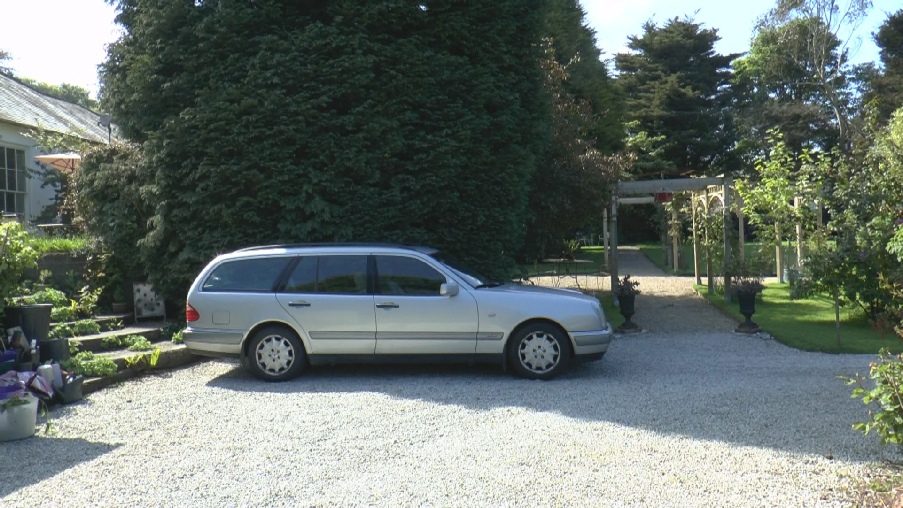

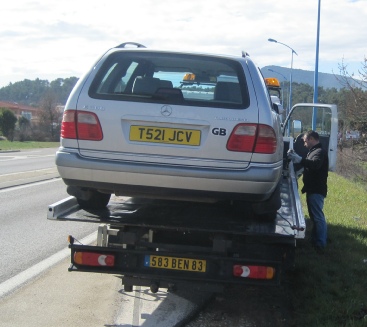
The day the Merc disgraced itself in France.
Overall though, it’s been so, so useful. A really comfy van you could say!
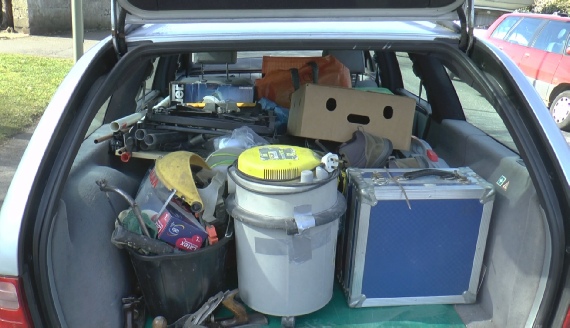
It’s a great load lugger!
PS. Before we had the E300, we had the Grenada. That was a pretty good load lugger too. It was the 2 litre twin cam which was fast enough for us and reasonably economical. I bought it originally for my son when his car turned up its toes. It cost £600 only! He graduated to the Vitesse Sport, and I took the Grenada back. It did sterling service but when the Government’s £2000 scrappage scheme came in we were tempted to sacrifice it for a new Hyundai. Oh dear, looking at this photo has made me relive the guilt!
Mercedes E300 estate
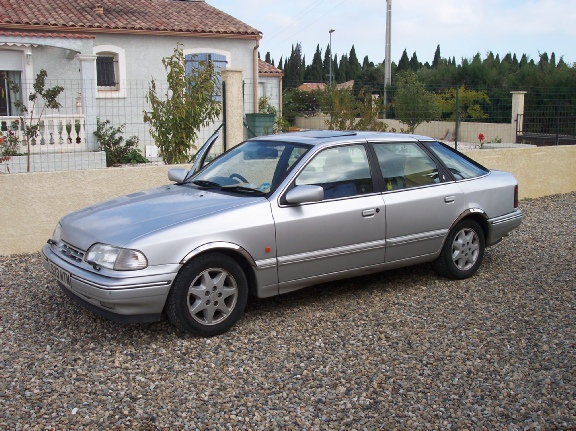
Time marches on and now the E300 is no more! It suffered terminal rust to the hydraulic system which serves the steering and the self-
Also a few weeks ago the Hyundai mentioned above failed its MOT on underbody rust and went to the knacker’s yard! If only I had got the Waxoyl out at an early stage…
Now we have a three year old Toyota Yaris hybrid and a very unreliable Rover 75.
I miss my Merc! I shall never see its like again!